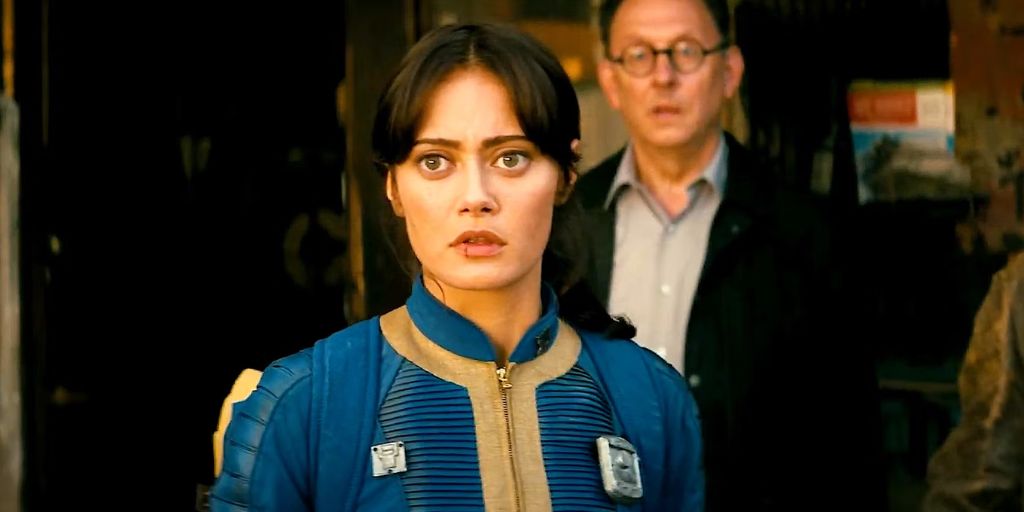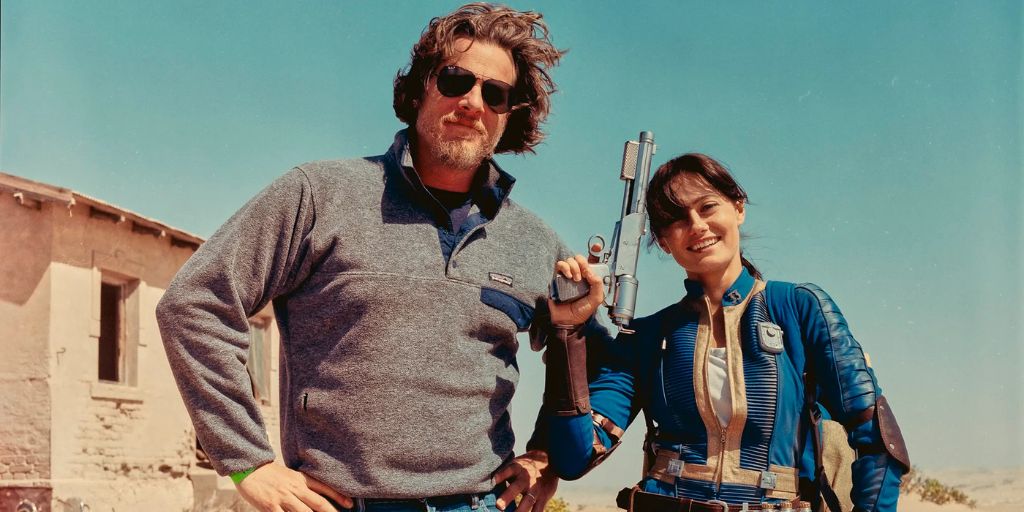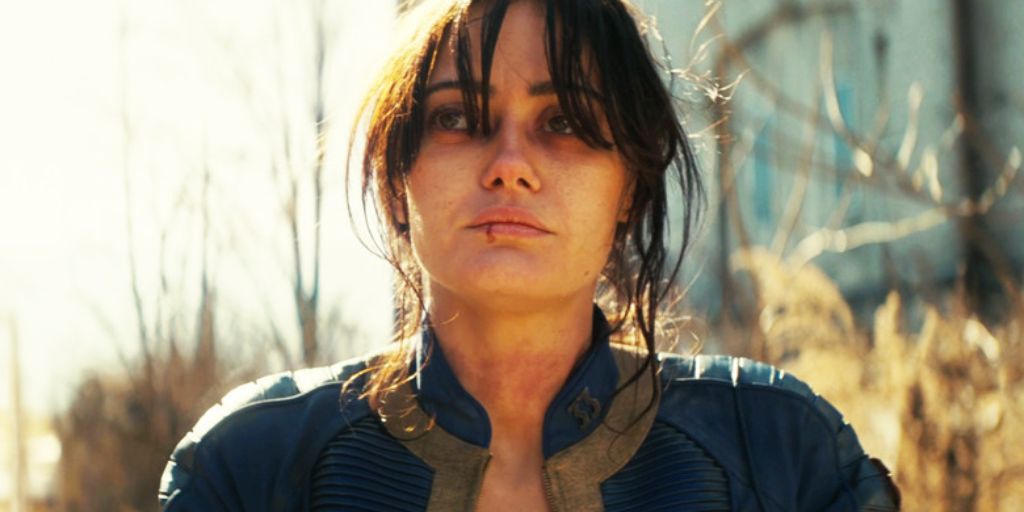Prime Video’s Fallout series takes inspiration from Western themes. The games already had Wild West elements. The series deepens this connection, featuring characters reminiscent of classic Western archetypes.
For instance, Walton Goggins’ Ghoul embodies the rogue gunslinger archetype. The narrative structure mirrors Sergio Leone’s The Good, the Bad, and the Ugly. In both, the three characters pursue a common goal, their fates intertwining as they journey through the wilderness.
Leone’s film established archetypes: The Good, The Bad, and The Ugly. Fallout’s characters, Lucy, Maximus, and the Ghoul, reflect these archetypes. Lucy embodies goodness, while Maximus and the Ghoul navigate morally gray areas.
The series adds a twist by incorporating its post-apocalyptic setting. In an interview, the creators mentioned how the wilderness affects the characters’ moral compasses. For example, the Ghoul gradually shifts from bad to potentially ugly, influenced by his interactions with Lucy.
Fallout blends classic Western storytelling with its own post-apocalyptic twist, exploring themes of morality and transformation in a harsh landscape.

The Series Takes A Lot From Western Cinema
Fallout takes a lot of ideas from a famous Western movie called The Good, the Bad, and the Ugly, not just for its story but also for how it looks. Some important moments in Fallout remind us of scenes from that movie, especially when it comes to characters who are not very nice.
For example, in Episode 3, there’s a Ghoul who treats Lucy badly, making her choose between drinking dangerous water or staying thirsty. This is like a scene in The Good, the Bad, and the Ugly where one character enjoys watching another suffer.

In Episode 7, there’s another scene with the Ghoul where he barges into a family’s home in the Wasteland to find out about someone. This is similar to a scene in the Western where a character called Angel Eyes does something similar.





